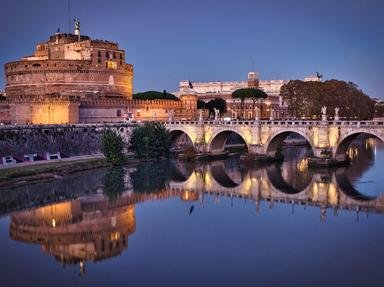Quiz Answer Key and Fun Facts
1. Among his many achievements, this legendary Egyptian king managed to contain the Hittite Empire's expansion in the Battle of Kadesh.
2. This king is known for having founded the First Persian Empire, the largest the world had ever seen.
3. This general, orator and statesman is associated with the Golden Age of Athens after the Persian Wars.
4. This ruler's conquests reached as far as India, though he did not live long enough to enjoy them.
5. This Carthaginian general was one of Rome's arch enemies, and his victory against the odds in the Battle of Cannae is considered a triumph of military strategy.
6. This military leader and 7-time consul radically changed the structure of the Roman army, saving the Republic from foreign invasion.
7. The victory of this political leader's fleet in the battle of Actium marked the end of the Republic and the beginning of what would become the Roman Empire.
8. Under this Spanish-born soldier-emperor's rule, the Roman Empire reached its largest territorial extent.
9. This Roman emperor is said to have won a decisive battle against his rival Maxentius with the help of a vision.
10. This greatly feared ruler and military leader united a confederation of mostly nomadic tribes and acquired a vast empire.
Source: Author
LadyNym
This quiz was reviewed by FunTrivia editor
bloomsby before going online.
Any errors found in FunTrivia content are routinely corrected through our feedback system.


